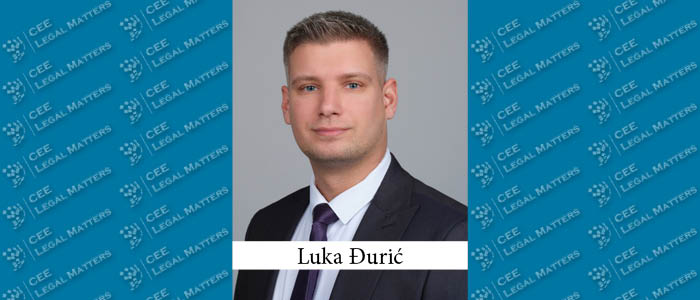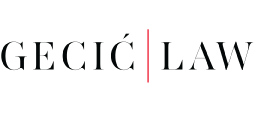In the latest installment of our series on the risks presented by artificial intelligence (AI), we delve into the risk management framework released by the esteemed American National Institute of Standards and Technology (NIST).
Known as the Artificial Intelligence Risk Management Framework (AI RMF), this voluntary framework has been meticulously crafted by NIST in response to the growing adoption of AI. While AI holds immense potential to deliver significant societal benefits, it also generates various risks, including bias, discrimination, privacy breaches, and security vulnerabilities. The AI RMF aims to aid organizations in effectively managing these risks, ensuring the responsible and trustworthy use of AI. Its objective is to furnish organizations with a systematic approach to identifying, assessing, mitigating, and monitoring AI risks.
Officially unveiled in January 2023, the AI RMF is a living document, subject to updates as AI evolves and matures.
The development of the AI RMF has been influenced by a range of sources, notably the National Artificial Intelligence Initiative Act of 2020, which mandated NIST to devise a risk management framework for AI. It has also drawn inspiration from the work of other organizations such as the European Commission, which has formulated ethical guidelines for AI. Additionally, extensive consultation with stakeholders from industry, academia, and government has informed the framework’s formulation.
The AI RMF comprises four core functions:
Govern: Establishes the comprehensive AI risk management framework, outlining the roles and responsibilities of relevant stakeholders.
Map: Identifies and assesses the AI risks associated with an organization’s AI systems and processes.
Measure: Monitors the efficacy of the AI risk management framework and pinpoints areas that need improvement.
Manage: Implements and sustains the AI risk management framework.
Designed for organizations across industries and of all sizes, the AI RMF serves as a flexible tool that can be tailored to meet the specific needs of each entity. It empowers organizations to identify and assess the risks inherent in their AI systems and processes, implement controls to mitigate identified risks, monitor the effectiveness of these controls, and make informed decisions regarding the development and utilization of AI. Consequently, the AI RMF serves as an invaluable resource for organizations committed to deploying AI in a safe, responsible, and trustworthy manner.
Key benefits of adopting the AI RMF include:
- Enhanced decision-making: By adopting the AI RMF, organizations can make informed decisions regarding the development and utilization of AI, leveraging a systematic approach to risk identification and assessment.
- Improved performance: Organizations can optimize the performance of their AI systems through the implementation of the AI RMF.
- Heightened trust: Employing the AI RMF allows organizations to foster trust with their stakeholders, demonstrating their proactive efforts to mitigate AI-related risks.
- Augmented reliability: Compliance with the AI RMF increases confidence in the reliability and trustworthiness of an organization’s AI systems.
- Regulatory compliance: Adherence to the AI RMF guidelines supports organizations in meeting relevant legal and regulatory requirements.
- Reduced liability: Proactive AI risk management, as facilitated by the AI RMF, aids organizations in mitigating potential liabilities associated with AI usage.
- Risk mitigation: The AI RMF assists organizations in identifying and mitigating risks linked to AI systems.
However, it is crucial to acknowledge that the AI RMF faces certain challenges in its implementation. As a new framework, organizations encounter obstacles such as a lack of expertise, absence of universally accepted standards, and insufficient data. Many organizations do not possess the necessary expertise or resources to independently implement the AI RMF, and the absence of standardized guidelines for AI risk management hampers their ability to compare approaches effectively. Furthermore, the efficacy of the AI RMF depends on the availability of relevant data to identify and assess risks, which poses a significant hurdle for numerous organizations.
In conclusion, the AI RMF stands as a valuable tool for organizations striving to navigate the risks associated with AI. Nevertheless, it is crucial to recognize that the AI RMF cannot act alone; it constitutes only a portion of a comprehensive approach to AI risk management. To derive maximum benefits from the AI RMF, organizations must consider additional factors, such as the specific risks associated with their AI systems, the resources at their disposal, and the expectations of their stakeholders. By holistically addressing these considerations, organizations can forge an effective AI risk management program that enables them to harness the advantages of AI while mitigating potential risks.
By Luka Duric, Associate, Gecic Law


